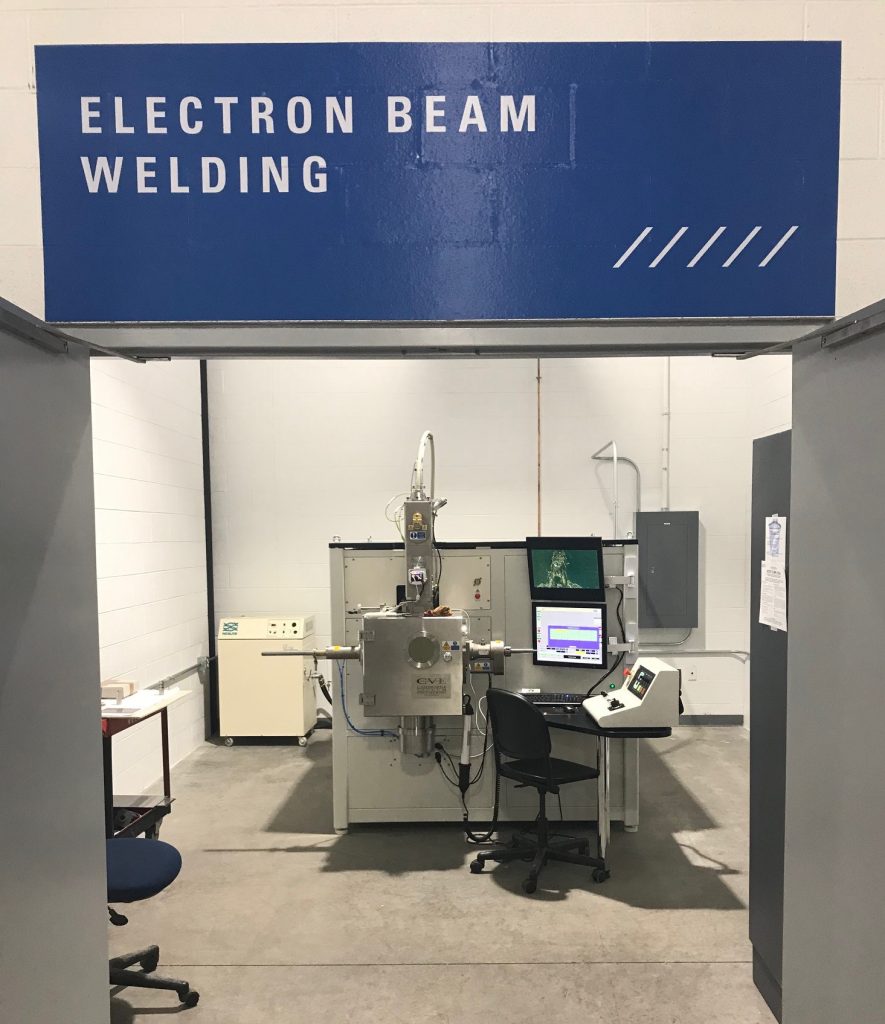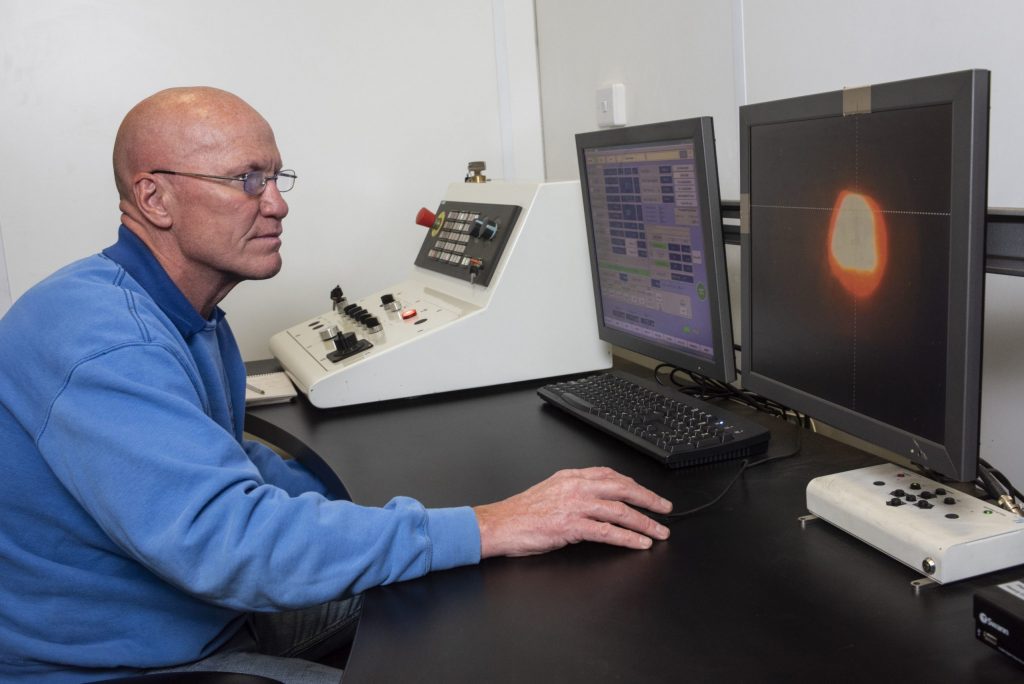CVE Incorporate New Office in Beijing, China
CVE's China Office Now Open
The incorporation of Aquasium Technology (Beijing) Co. Ltd is now complete, allowing CVE to meet the demands of continued growth in the region and ensuring our customers continue to receive first class support. CVE China is located in The Exchange Twin Towers, which has a world-class landscape design and high-end IT infrastructure. The details of the new office are:
Aquasium Technology (Beijing) Co. Ltd
Suite 5, East Tower, 10th Floor
B12 Jianguomenwai Avenue
Beijing
100022
People’s Republic of China
Gallery

Figure 1. The Exchange Twin Towers, Beijing.
More Information About The Office
With its world-class landscape design and high-end IT infrastructure, this major Beijing landmark is designed to meet, and exceed, the demands of the high-profile businesses inside. Some of China’s largest multinational businesses call this building home, including The Associated Press, Cathay Pacific, Swiss Re Group and Nike Sports. With CEO SUITE comfortably housed on the 10th floor of the East Tower, it’s easy to join the roster of premier businesses.
Highlights include:
- Call centre operator
- Fenshui-designed
- Business lounge
- Interactive screen projector
- High speed internet
- High-resolution printing
- IT infrastructure and support
If you would like to know more about our operations in China, please get in touch!


